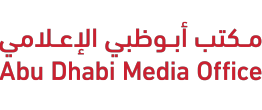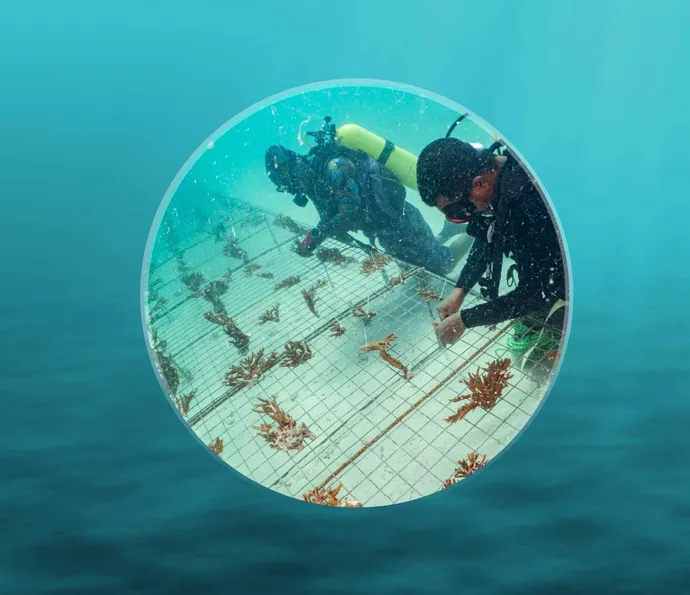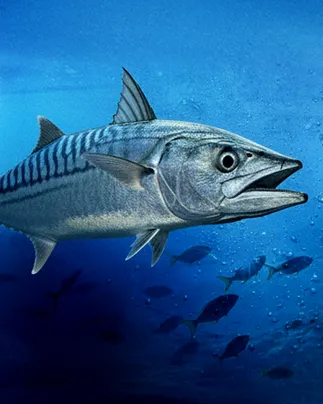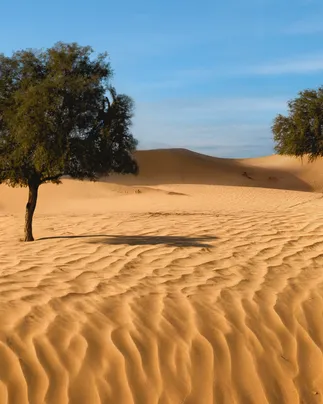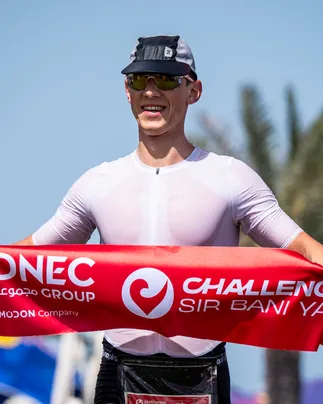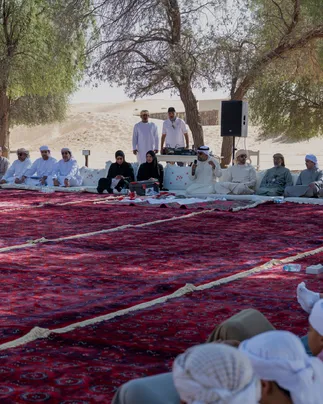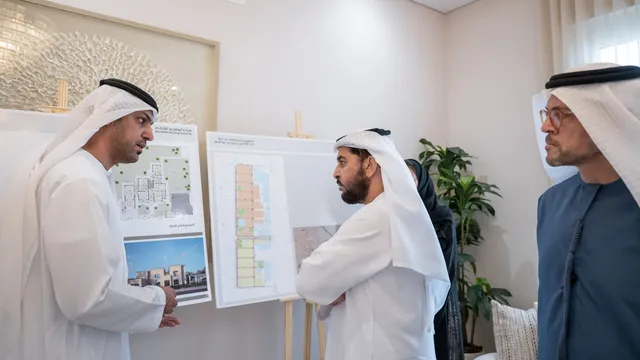Following the successful restoration of one million coral colonies in Abu Dhabi since 2021, His Highness Sheikh Hamdan bin Zayed Al Nahyan, the Ruler’s Representative in Al Dhafra Region and Chairman of the Environment Agency – Abu Dhabi (EAD), has directed the expansion of the scope of the agency’s coral rehabilitation project to outplant more than four million coral colonies in the emirate’s waters by 2030. This will cover an area estimated to be more than 900 hectares, making it the largest coral rehabilitation project in the world.
EAD’s coral rehabilitation project had successfully reached the target of one million colonies whereby restoration took place in eight different sites, covering over 300 hectares. This has led to an increase in Abu Dhabi’s coral coverage as the restored coral areas have seen over 95 per cent success rate.
The restored sites are already showing signs of recovery, as life is starting to form around them, with more than 50 per cent increase in fish biomass and diversity. Furthermore, exceptionally and atypical of corals, those in the nursery and across restored areas continued to grow even during the summer, which indicates their ability and high resistance to withstand severe climatic conditions.
The scope of the coral restoration project included the development of coral nurseries that help mitigate the adverse impact of both natural and anthropogenic pressures on coral reefs arising from coastal development and climate change, including the immediate threat of rising seawater temperatures.
The first phase of the project included an evaluation, which highlighted resilient reefs and potential donor sites, and identified nursery sites to ensure a protected growth environment. This is based on different criteria such as water quality, currents, depth, and temperature.
This was followed by the establishment of several underwater nurseries to nurture and grow corals collected from suitable reefs, with a production capacity of up to one million coral colonies. In the second phase, the nursery stock was harvested and transported to various sites for rehabilitation and to restore the integrated coral ecosystem. The third phase includes the completion of nursery stock harvesting and site restoration through coral translocation to degraded areas.
Her Excellency Dr. Shaikha Salem Al Dhaheri, Secretary General of EAD, said: “Following the successful outcomes of the coral restoration project so far with us planting one million coral colonies, the Environment Agency – Abu Dhabi is now even more committed to continuing and expanding the Coral Restoration Programme. This strategic initiative aims to increase its scope to restoring more than four million coral colonies by 2030, underscoring EAD's dedication to marine conservation and ecosystem restoration. The project is also in line with Abu Dhabi vision, and biodiversity resilience goals, creating resilient ecosystems.
“Despite the Arabian Gulf’s harsh environmental conditions, coral reefs can adapt and provide habitats for a variety of marine species in the region. They are highly flexible, enabling them to adapt and withstand the hottest seas, distinguishing them from other types of coral reefs around the world.”
Her Excellency emphasised that the project “is a nature-based solution to address the effects of climate change and rising temperatures on the seabed, will increase the emirate’s total coral reef area and rehabilitate affected sites. This is part of efforts to preserve this important ecosystem and one of the most diversified marine habitats.”
Her Excellency reiterated EAD's commitment to continue to monitor and rehabilitate coral reefs to enhance the emirate’s marine ecosystems and help mitigate the effects of climate change, in line with the objectives of the Abu Dhabi Climate Change Strategy.
Ahmed Al Hashemi, Executive Director of Terrestrial and Marine Biodiversity Sector at EAD, said: “Our aim is to increase the resilience of coral reefs in Abu Dhabi in the face of climate change by selecting the most heat-tolerant coral species that have survived successive heat waves, and harvesting small parts that are sent to a nursery to monitor their growth. These can then be transported back to degraded coral reef areas to enhance their adaptability to climate change.”
Corals used in the EAD restoration project are some of the most resilient corals in the world, as they have withstood the several heat waves that hit the region.
They play a crucial role in combating climate change and supporting carbon sink habitats and also play a key role when it comes to supporting biodiversity, including the endangered hawksbill turtles, that nest around Abu Dhabi’s islands. Furthermore, corals are key for supporting the local fish stock, acting as a home to diverse fish species, across different life stages which will help boost fish stocks.
Abu Dhabi alone has 34 different coral species spread across the emirate’s coast, including sites at Ras Ghanada, Al Nouf, Saadiyat, Al Heel, Barakah, and Al Yassat. Since 2005, the Agency has been implementing a programme to monitor the condition of coral reefs via seasonal surveys that collect data from 15 different locations.
